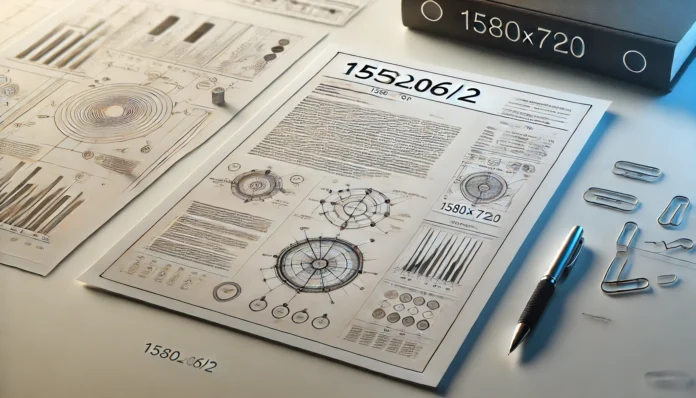When you see “1552.06/2,” what does it actually mean?
Is it just a number, or does it point to something more?
This code-like figure can actually signal loads of possibilities, especially if you’re into things like finances, investments, or even measurements.
But let’s get practical and make sense of it without all the confusing talk.
H2: What Could 1552.06/2 Mean in Finance?
First things first, let’s talk money.
A figure like 1552.06/2 could easily pop up in finance, whether you’re dividing an investment return, calculating profit shares, or working out some kind of rate.
Here’s how it could work:
Imagine you’ve got a profit of $1552.06 from an investment.
Now, you need to split it in half – maybe you’re sharing with a partner, or it’s just the way the payout works.
When you divide 1552.06 by 2, each person would end up with $776.03.
This type of calculation might look simple, but it’s a key move in managing money with precision, especially when exact cents matter.
Got a retirement account or an investment fund?
Numbers like 1552.06/2 can tell you exactly how much is growing or being shared, so you’re not guessing.
H3: Real-Life Example – Splitting Profit with a Friend
Say you and a friend started a side hustle and made $1552.06 after expenses.
Since you split everything equally, each of you would walk away with $776.03.
Easy, right?
It’s a simple move that makes sure everyone’s getting their fair share.
H2: 1552.06/2 in Terms of Unit Conversions
Sometimes, numbers like 1552.06/2 show up in areas like science or even daily tasks that involve units.
Maybe you’re converting measurements, where accuracy is crucial.
For example, let’s say you have a length of 1552.06 cm, and you need half of it.
After dividing it by 2, you get 776.03 cm, which could be the exact size you need.
Getting this right can make a real difference in projects where measurements are everything, like building or crafting.
H3: Real-Life Example – Perfect Cuts for a Woodworking Project
Imagine you’re building a table and you’ve got a wooden plank that’s 1552.06 mm long.
If you need two even pieces, you’d cut it into 776.03 mm segments.
Using 1552.06/2 in this way ensures you’re precise, avoiding unnecessary waste and achieving that perfect fit.
H2: How 1552.06/2 Works in Percentages and Ratios
1552.06/2 can also appear in calculations around percentages and ratios.
Think of it as a way to break down large amounts into more understandable parts, whether you’re budgeting or balancing some numbers.
If 1552.06 represents 100% of a budget, dividing by 2 gives you 50% – a handy way to see half the amount in numbers.
So, for example, if you have $1552.06 to spend and you only want to use half, you know you have $776.03 to work with.
H3: Real-Life Example – Budgeting for an Event
Let’s say you’re organizing a small event with a budget of $1552.06.
If you only want to spend half right now, you’d allocate $776.03 for immediate needs, saving the rest for later.
Using 1552.06/2 in this way keeps you on track, spending responsibly without overdoing it.
H2: FAQs About 1552.06/2
Q1: What’s the simplest way to understand 1552.06/2?
A1: It’s just dividing 1552.06 by 2, often to split amounts, measurements, or quantities evenly.
Q2: Can I apply 1552.06/2 in my daily life?
A2: Absolutely! From splitting bills to calculating budgets, it’s a practical, everyday tool.
Q3: Why does precision matter with numbers like 1552.06/2?
A3: Precision avoids mistakes and ensures fairness, especially in finances and measurement-sensitive tasks.
Q4: Is 1552.06/2 commonly used in business?
A4: Yes, dividing exact amounts can be essential in business, especially in profit-sharing or managing budgets.

H2: Bringing It All Together
1552.06/2 isn’t just a random number.
It’s a tool that makes a difference wherever you need exactness – whether in finance, DIY projects, or simple math in daily life.
With each division, you’re working smarter, not harder, making sure numbers fit perfectly, every single time.
External sources often provide insights into best practices for dividing amounts and tracking budgets, if you’re curious to dive deeper into the details of financial calculations.


